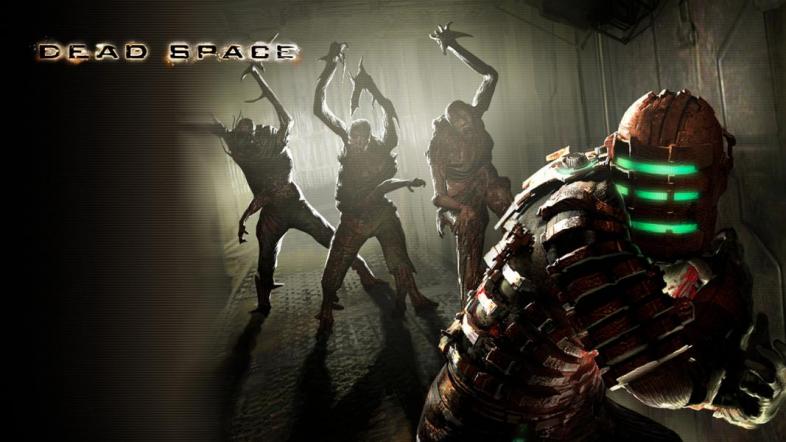Ability, Disability and Dead Space, published by Diane Carr in Game Studies, focuses on representations of ability and disability in the popular survival-horror game Dead Space. Published by EA in 2008, Dead Space chronicles the journey of Isaac Clarke, engineer aboard the USG Ishimura, an interstellar mining ship. Isaac is primarily confronted by reanimated human corpses known as Necromorphs. Combat in Dead Space differs from other first-person shooters, relying on dismembering enemies rather than searching for headshots.
Rather than focusing on player experience, the author instead approaches Dead Space through the lenses of examining enemy bodies, protagonist deaths, and the blood and gore exhibited across the game.

While Necromorph presentation is not directly analogous to disability, Carr argues that the combination of interactions with Isaac and the zombielike characteristics exhibited combine to represent interactions between disabled and abled.
This interaction continues when examining Isaac’s death scenes throughout the game. Unlike other games in the FPS or RPG genre, Isaac’s death occurs the moment his suit is punctured. Carr posits that this exists as a metaphor alongside the Necromorph interactions, stating that placing Isaac as a precariously abled character, able to be compromised by representations of disability, further sets Dead Space apart as a representational horror game.

The final component of Carr’s argument is the profuse amount of blood and gore across the setting of Dead Space. Working with the previous points, blood and gore adds to the motif of contamination across the game. Present both spewing from enemies and smeared across walls of the ship, blood and gore in excess serves to remind the player of the consistent threat to both Isaac’s health and Isaac’s wholeness.
While I have not played Dead Space myself, I found the author’s critique interesting given the pieces of the game I have seen. Having known Dead Space to be hailed as an achievement in sci-fi and survival horror, representation of ability and disability in the genre seems to fit common threads noted in previous games. The game seemed well dissected, with the author’s argument presented well. Focusing on the environment and game factors rather than player experience let the material be absorbed more readily, as it did not rely on the reader sharing the same experiences the author had playing the game.
Article Link: http://gamestudies.org/1402/articles/carr